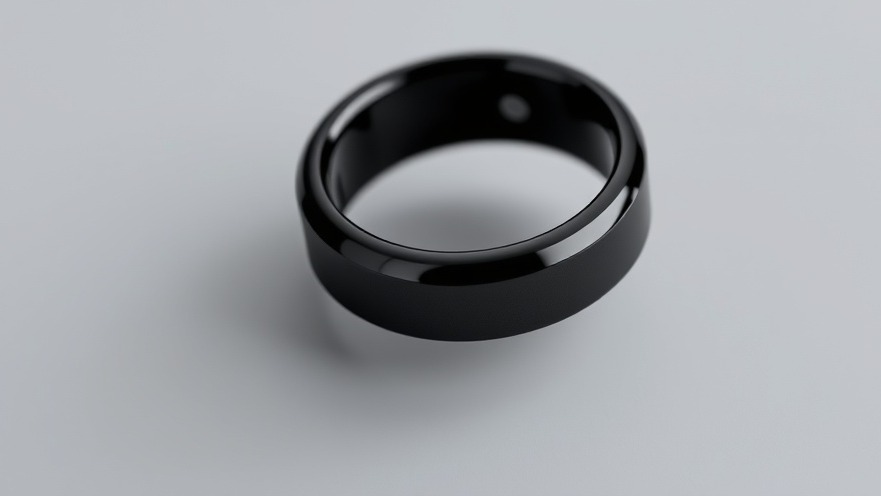
Revolutionizing Neurosurgery: The Skull-Mapping App
In an era where medical technologies are rapidly advancing, a new skull-mapping application has emerged as a potential game-changer for neurosurgery. This innovative tool, developed by researchers at Concordia University, could significantly enhance the safety and accuracy of ventriculostomy—a common neurosurgical procedure involving the insertion of a catheter to drain cerebrospinal fluid and alleviate intracranial pressure. Given the inherent risks associated with this delicate procedure, the introduction of such technology is both timely and essential.
Understanding the Risks of Ventriculostomy
Ventriculostomy is not without its challenges; it requires remarkable precision as misplacing the catheter can lead to severe complications, including hemorrhage, infection, and even death. Shockingly, up to 30% of these procedures result in catheter malplacement due to freehand techniques. This reality poses a critical barrier to effective treatment, particularly in low- and middle-income countries where access to skilled medical personnel and advanced resources is limited. The stakes are particularly high; improving the reliability of this procedure could mean the difference between life and death for patients suffering from elevated intracranial pressure.
A Technological Solution: The iSurgARy System
The iSurgARy system represents a significant leap in addressing these challenges. Utilizing LIDAR technology, which is built into Apple iOS devices, this platform allows surgeons to create a detailed three-dimensional map of a patient’s skull. Specifically, it identifies key anatomical landmarks such as the tragus, outer eyes, inner eyes, and the bridge of the nose, aligning these findings with preoperative CT or MRI scans. This remarkable integration of augmented reality (AR) provides surgeons with a spatial understanding of the patient's anatomy that traditional methods simply cannot match.
Enhancing Surgical Precision with Augmented Reality
By overlaying medical images onto the patient’s anatomy during the procedure, the iSurgARy system dramatically improves the clinician's aim, as noted by co-author Joshua Pardillo Castillo. This improved spatial awareness is crucial in optimizing the positioning of the catheter, ultimately reducing the likelihood of complications. Such an application not only provides real-time guidance but also fosters an interactive environment between the surgeon and the patient’s anatomy.
Future Predictions: Where Could This Technology Lead?
The implications of this technology extend far beyond the operating room. As it becomes more integrated into medical practices, we can anticipate a paradigm shift in how neurosurgical procedures are conducted globally. In regions with limited resources, the iSurgARy app represents a low-cost yet highly effective solution to improve surgical outcomes, thereby enhancing patient care and potentially decreasing healthcare disparities.
The Impact on Patient Care and Medical Outcomes
For health practitioners, incorporating technologies like the iSurgARy app could enhance the patient experience significantly. The ability to visualize and understand complex anatomical structures not only instills confidence in surgeons but, importantly, reassures patients aware of their medical teams adopting advanced, safe methodologies. As practitioners become advocates for embracing such technologies, the conversation around healthcare equity could shift rapidly, promoting accessibility to the latest advances in treatment.
Actionable Insights: Embracing Technology in Clinical Practice
For concierge health practitioners, it is imperative to stay informed about these advancements. Implementing the iSurgARy system in clinical practice could dramatically enhance procedural accuracy and patient outcomes. How might this tool change your approach to similar neurosurgical procedures? Additionally, consider advocating for training and discussion around augmented reality applications within your networks to foster a culture of innovation in patient care.
Conclusion: The Path Forward
As the healthcare landscape continues to evolve dramatically, technologies like the iSurgARy app serve as a beacon of hope. With its potential to redefine the way surgeons navigate critical procedures, there lies an opportunity not only to save lives but also to bridge gaps in healthcare equity. As dedicated practitioners, the responsibility to advocate for and implement these advancements lies in your hands. Stay engaged, stay informed, and most importantly, remain all-in for your patients' future.
 Add Row
Add Row  Add
Add 






Write A Comment